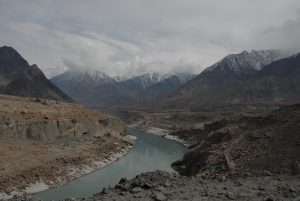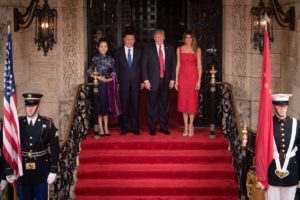Shandong Gold’s recent 50% acquisition of Barrick Gold’s Veladero mine signalled a big step forward for Chinese companies’ presence in Argentina’s mining sector but comes in the midst of an impassioned national debate about safety and environmental regulations.
The Veladero mine in San Juan province has been heavily criticised following numerous cyanide spills, the most recent occurring on March 28. New partners Shandong have presented a US$500 million safety plan to improve pipelines and monitoring mechanisms but opposition to the project and the government’s drive to attract more foreign investment is strong.
“There is a particular desire to carry out mining ventures even in provinces where there is social conflict. We are very worried. Mining only generates income for foreign companies, and no extra jobs are created as a result of this activity,” said Enrique Viale, president of the Argentina Association of Environmental Lawyers.
Argentina is the world’s 10th and 13th largest producer of silver and gold, respectively, and 20th in terms of copper. Most exports are unprocessed raw materials. Of total mining exports, 96% are metals, comprising 67.6% gold, 13.8% copper, 12.8% silver and 5.8% others. Mining accounts for 6.1% of Argentina’s total exports.
Yet Argentina’s potential exports are thought to be much greater. Neighbouring Chile exports US$40 billion worth of metals per year, compared to Argentina’s US$3.7 billion. The government is incentivising investment by eliminating withholding taxes on exports, which it hopes will bring in some US$20 billion. It is also pushing for a federal mining agreement with the provinces, which own the resources.
However, Argentina is among the countries with the most active conflicts in relation to mining projects, according to the Observatory of Mining Conflicts in Latin America (OCMAL). This has led to eight of its 23 provinces introducing local laws banning open-pit mining.
At the same time, the government is finalising maps that delineate protected areas under its Glacier Law, which was ratified in 2011. This means certain mining projects, including the Veladero mine in the north-eastern province of San Juan, will be deemed illegal due to their location in periglacial zones, where water resources must be preserved for human consumption.
All this leaves Argentina with an uncertain outlook for its mining industry. Andrés Nápoli, Executive Director of the NGO Environment and Natural Resources Foundation (FARN) said: “Signals from the government point to the deregulation of the sector. Companies got used to acting without any controls in Argentina, and changing that is going to be complicated. There needs to be a new regulatory system and a different attitude from the government.”
Overseas investors
Argentina counts on major private investment from Australia, Canada, the US and China, the latter playing a growing role. Mines are owned by the State, which makes them available for exploitation through concessions.
Several Chinese firms are carrying out prospecting work to gauge the business potential. China Metallurgical Corporation is prospecting in Neuquén, and Jinchuan is raking soil in the provinces of Catamarca, Jujuy and Salta to evaluate the feasibility of future investments. The main attraction is lithium. Argentina, Chile and Bolivia, three points on a so-called “lithium triangle”, hold 37% of the world’s reserves.
“China is especially interested in lithium, copper and gold. The strategy they employ is to obtain concessions directly or by partnering with companies already working in the field. China absorbs all the minerals it can find, as it needs them for growth,” said Ernesto Fernández Taboada, executive director of the Argentina-China Chamber of Commerce.
With a bid of U$S960 million, Shandong Gold’s offer beat that of rival Zijin Mining Group. This was the first part of a mining cooperation agreement, which has been on the negotiating table since April 2016.
The new safety plan from Shandong, which the Chinese government describes as an environmentally-friendly company, could help restore some confidence in Barrick’s beleaguered Veladero project following the third spill in 18 months. The most serious happened in 2015, when millions of litres of a solution laced with cyanide and other heavy metals spilled into the Potrerillos River.
The Argentine Constitution mandates that the State guarantee a healthy environment and preserve it for future generations. This was the basis of a lawsuit filed by the national environment ministry demanding that the provincial government keep Veladero closed until it can be proven there will be no further ecological damage. Meanwhile, environmental groups are calling for the closure of the mine. According to Argentina’s Mining Code, once any mine experiences three spills it must be shut down.
“Barrick’s role has always been deplorable in Argentina. Everyone agrees that its bad reputation is well deserved. Even the government itself washed its hands with the initiation of the lawsuit,” Viale told Diálogo Chino, adding: “Shandong is buying a problem by investing in Veladero, as the location where the mine is situated is prohibited by the Glacier Law.”
Mixed signals in Latin America
While Argentina’s national government seeks to boost mining, the direction other Latin American countries are taking diverges. Consecutive incidents have led to outright bans in others. A common denominator is social conflict around the sites of ventures.
“All countries in the region have realised that people are concerned about mining. We cannot shut down the industry because we depend on it, but the regulations have to change,” René Mauricio Valdes, resident representative of the United Nations Development Programme (UNDP) in Argentina, told Diálogo Chino.
In El Salvador, legislators recently voted to impose a blanket ban on metal mining, making open-pit and subterranean extraction, exploitation, exploration and processing illegal because of its connection with water pollution. Campaigners celebrated the victory of “water over gold” but with 90% of the country’s surface water contaminated, the government faces a huge task to ensure resources are restored in the coming years.
Meanwhile, Ecuador has openly promoted mining, deeming it central to the country’s economic development following the drop in the global price of oil – it’s main export. President Rafael Correa said that the country “would be moving to a new mining era”, since Ecuador is “sitting on a bag of gold”. However, none of the five major mining projects promoted under Correa’s presidency have born fruit, and many have been plagued by violent conflict.
“Mining companies have to be a part of the solution, and accept that they are viewed as being a part of the problem,” said Valdes.
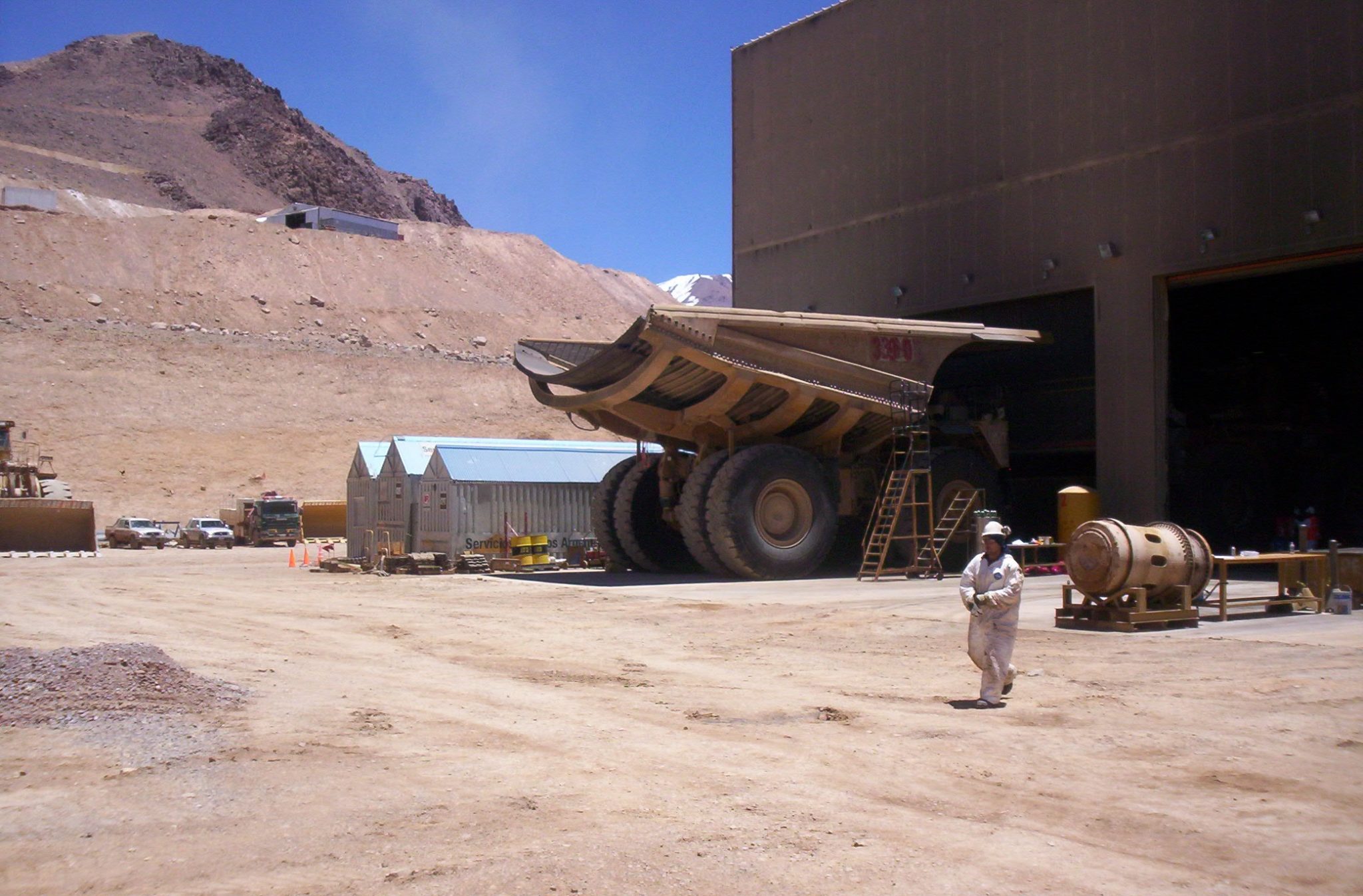


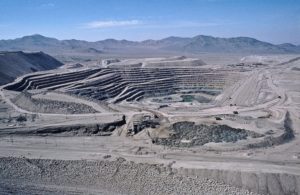
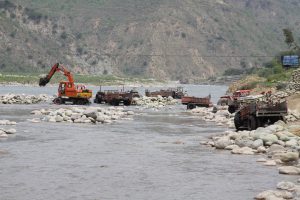
![The use of standing water to grow rice in India and Pakistan leads to large water loss [image by sandeepachethan/Flickr]](https://dialogue.earth/content/uploads/2017/05/agricultural-fields-300x200.jpg)

